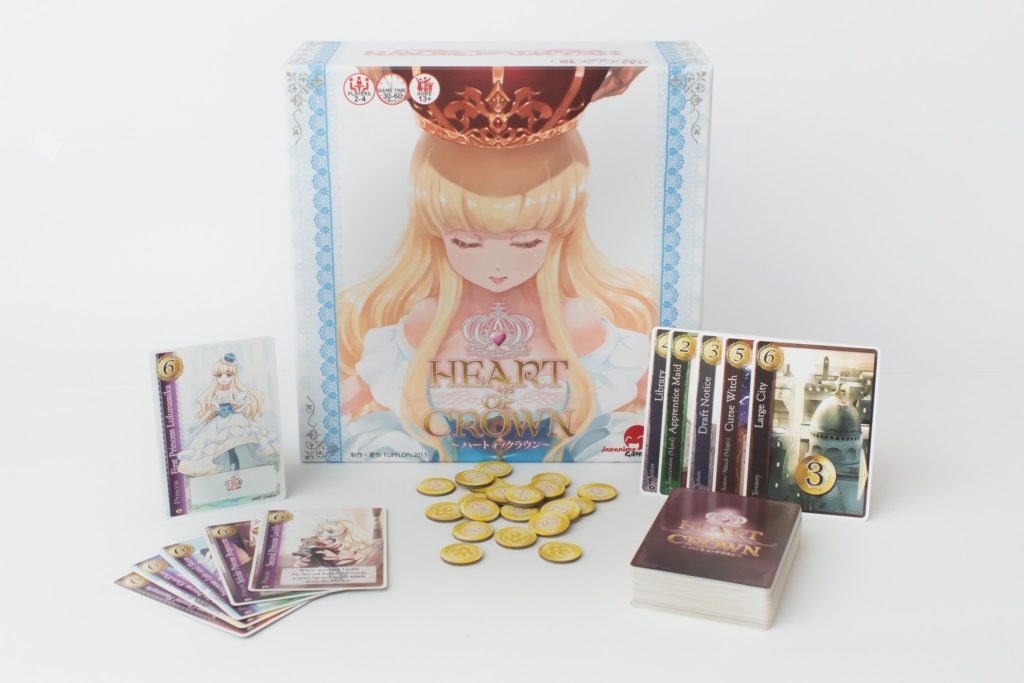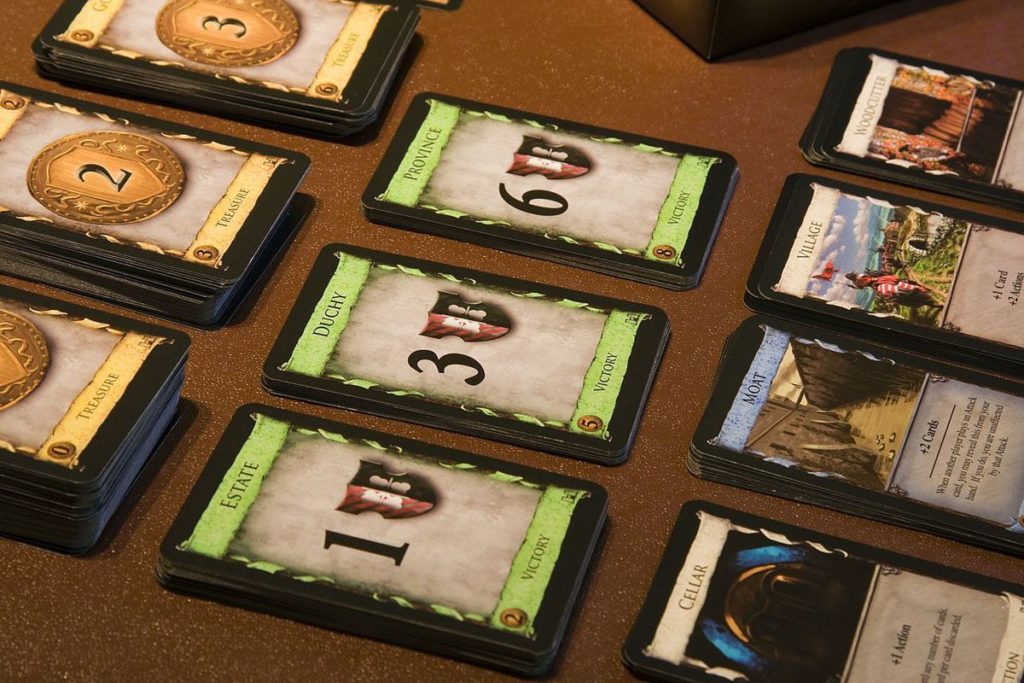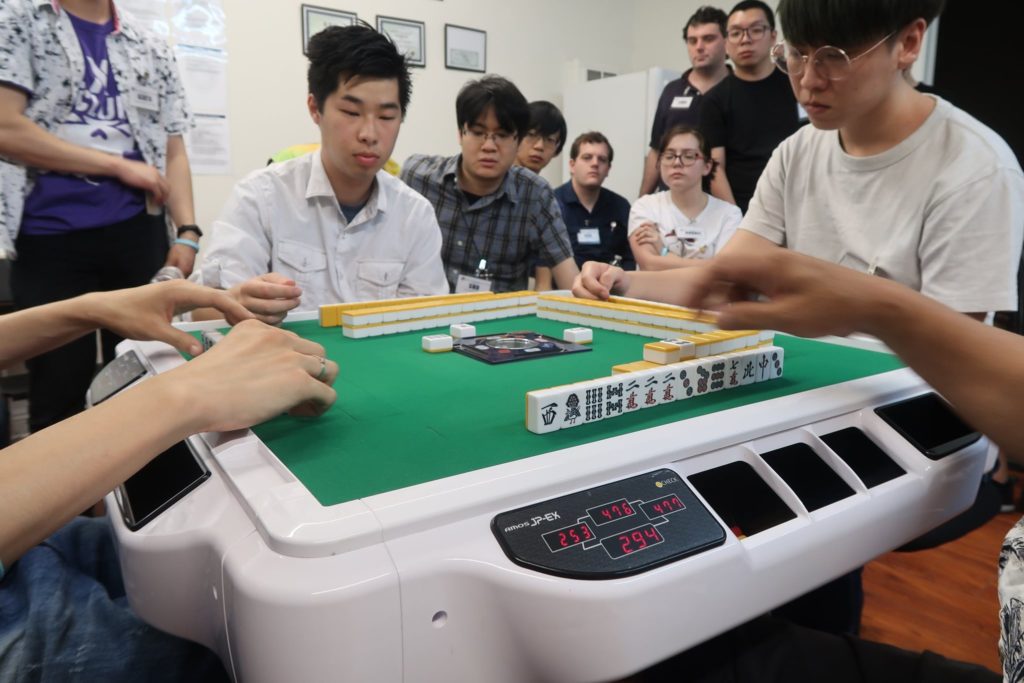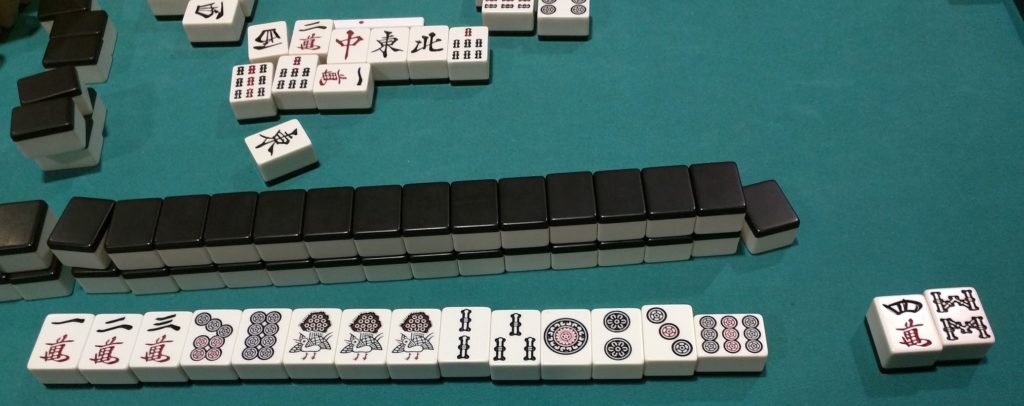
Intro
Since I mostly plan on blogging about board games, I figured a good way to introduce myself would be with a list of some of my favorite games and a bit on how I got into boardgaming. I got my start playing tabletop games around high school when I got into Yugioh. We had a small group of like 3 people that met up at lunch and after school, until we started growing and ended up with around 2 to 3 dozen people on any given day. After a while I and a couple others became more interested in the competitive aspect of the game and ventured outside of our little group. A lot of the cards we needed to be competitive were prohibitively expensive (we were high school kids) and became obsolete almost as soon as we were able to acquire them. In an effort to be able to afford them, I got pretty invested in the whole stock trading aspect of the game, and even started selling cards to the other kids who played at lunch (at fairly outrageous markup to be honest, but they didn’t know any better). Ultimately, I didn’t get very far.
Fast forward a couple years, at Anime Expo 2011, I walked into the tabletop area. It was a relatively small, poorly lit, and poorly trafficked room, with about a couple dozen bodies, in stark contrast to the rest of the convention, which was teeming with energy and people, tens of thousands of them wandering around with long lines everywhere. Wanted to get some games of Yugioh in but couldn’t really find anyone to play with but a couple boardgamers saw that I was just standing around idly and invited me over. I was hesitant to join them and my first thought was “what the fuck is this nerd shit and why is there so much shit all over the table” but they insisted it would be fun so I gave it a shot. The game was Tanto Cuore, a maid-themed deck-building game, and that was my first taste of a designer board game. I had a lot of fun. I loved its fast pace and combo-tastic card play. And you could have a complete game with all the cards for just $50 and you only need one copy of the game to play with up to 4 people? (I realize now that $50 was highway robbery for this game, especially in 2011, since you can get it via online retailers for like $30 but I didn’t know any better) I was pretty enamored with it. I immediately bought my own copy and spent the rest of the con playing it in that poorly lit dungeon.
Around the same time, I was becoming increasingly aware of Yugioh’s issues as a game. At one point games would be decided before the person going second had a chance to even play their first turn (Inzektor format, for those familiar). Balance issues aside, the game had a bunch of unchecked rules problems, like how the damage step had 7 substeps, while being itself a substep of combat, as a consequence of various poorly planned card effects, and this resulted in a strain of players who would try to rules-lawyer their way to victory by having effect interactions ruled in their favor. In general, I wasn’t a huge fan of the culture. Cheating and theft/mugging were rampant, I’ve run into actual rapists and people who beat the crap out of other people to take their cards, and seen children interact with the financial side of the game in ways that are frankly disgusting. All good reasons to quit.
I didn’t immediately jump into board gaming after that. I played around with other CCGs but never found myself all that invested in them, and got in some Tanto Cuore with people that I managed to temporarily pry away from their CCG of choice. Meanwhile, I picked up a couple board games here and there, like Gravwell and Coup, and before I knew it, I’d amassed a fairly sizable library and found a consistent group that wanted to play them at my university. Eventually, I dropped all my CCGs and jumped into board games full force, becoming more involved in my uni’s tabletop game club, getting into game design, which I even ran a workshop for, for the uni’s game development club. My tastes have shifted quite a bit over the years. Had a phase where I was mostly interested in light games, then went on a deckbuilder binge, then got into mid-weight euros. This is where my tastes have landed on:
5. Heart of Crown

Heart of Crown is a deckbuilding game that’s closer to Dominion than most. The biggest mechanical difference is the addition of player powers in the form of Princess cards. Instead of buying a card on your turn, you can back a Princess instead (assuming you have enough to pay the cost). Another difference is the way points are scored. Instead of automatically scoring points on the VP cards you buy, you have to draw into them and spend a turn not buying anything to score them (and you need 20VP to win), and you can only score when you’ve already backed a Princess. Some Princesses incentivize being quick and opportunistic and others incentivize longer term investments and yet others give you victory points, allowing you to pull swift surprise victories. Basically, unlike Dominion where you largely form an overarching game plan and follow through, making small adjustments on the fly, Heart of Crown is more tactically rich and allows you to sharply pivot and shift your game plan in another direction.
Another Anime Expo story: By AX2017, the convention greatly expanded their tabletop area (this was a few years into the Tabletop “wave”). The convention hall has a well lit, wide open underground lot, and half of it was dedicated to Tabletop. Japanime Games had a booth set up there, so I played a demo of Heart of Crown, which they’d just released at the time. I bought a copy on the spot. I normally don’t like hanging out in the Tabletop room much during AX because there are usually much better things to do (it’s a big con so it’s a rare opportunity to meet up with friends flying in from around the world, not to mention all the events and guests the convention has lined up) but I had a hard time pulling myself away from the game. I ended up spending most of the con playing the game and even signed up for (and won) one of their tournaments. I had a friend who was there as well, and we played the game dozens of times in the following months until we got sick of playing it.
4. Werewords

A Mafia-style social deduction game but crossed with 20 Questions. One player, the Mayor, knows the Magic Word, while everyone else is asks yes or no questions to figure out what the word is, but also there are Werewolves, who also know the word while deliberately asking misleading questions to throw the townies off the scent, but the Seer, who also knows the word, is there trying to guide the Townies to the correct word. The trick is that whether or not anyone actually guesses the word ultimately doesn’t matter because when the word is guessed correctly, the Werewolves have a chance to win by finding the Seer. Likewise, when the word isn’t guessed by the time the clock runs out, the townies have a chance to win by sussing out one of the Werewolves. The real game basically takes place on both these layers leading to a surprising amount of depth. In some games, it’s actually advantageous for Townies to run the clock out, and in some the Werewolves want to blurt out the answer themselves.
I like party games, in particular social deduction and word games, and Werewords is the perfect marriage of the two genres. When the game first came out, I thought it looked pretty dumb and I didn’t think I’d like it, much less have it rank among my most favorite games. At the time I didn’t like One Night Ultimate Werewolf. I think Codenames was my #1 favorite game then, but I played enough games with tacked on word mechanics that fell flat to be wary of word games in general. I gave it a chance and I ended up liking it more and more the more I played.
3. Dominion

The quintessential deckbuilder. As with most people who really like Dominion, I like the vast replayability and depth of the game afforded by the tons of content made for the game. There are many games with a lot of cards but what brings me back is the strong card design. Of the hundreds of cards in the game, there’s only a small handful of duds. Heart of Crown, my second favorite deckbuilder, by comparison has so many unfun, useless/situational, or broken cards, that (back when the game only had two expansions) I ended up removing over a quarter of the randomizer deck. I feel like the majority of deckbuilders (that I’ve played) have this problem, and even when they don’t, most of them don’t hold a candle to the amount of fun I have when I play either of these games.
I avoided playing this game for a while because I’ve heard from a lot of people that so many games built on Dominion’s formula and rendered it obsolete. I also had Tanto Cuore, which I knew was a similar game, which gave me even less reason to bother with it. I even played it a few times at one point but I didn’t really see the difference. I gave it another go when an exchange student from Japan at my uni brought it over. He liked the game so much that he actually bought an English copy and brought it with him when he flew over to the States so he could play it with whoever. He played at a higher level than the average player, and I think that was what I needed to see what made the game different from other deckbuilders. After mulling it over for a bit, I picked up a copy myself and now it’s my favorite deckbuilder.
2. Riichi Mahjong

Fun fact: the photo above is from the Mahjong club I frequent. Riichi Mahjong is a Mahjong variant from Japan. It has a few features that distinguish it from other variants to facilitate competitive/tournament play (instead of being merely a gambling game) though I won’t get into them here. The game can get complicated but here are the highlights: In short, there’s a “deck” that consists of 136 tiles with 4 copies each of three suits with “cards” of rank 1-9, along with 7 non-suited tiles. There are 4 players, each with a hand of 13 tiles, and on their turn they draw one and then discard one. The game is played over several rounds. The goal of each round is to be the first to complete a hand of 4 triplets (a three-of-a-kind or a run/straight of 3 consecutive tiles of the same suit) and 1 pair. The 14th tile needed to complete a hand can come from the tile drawn at the start of the player’s turn or from a tile discarded by another player (while your hand is “ready”). When your last tile is self-drawn, you earn points, paid for by all the other players, but when you take a tile discarded by another player, that player pays those points alone.
This makes “defense” a consideration when choosing which tile to discard. You want to build up your hand but you also don’t want to be the chump that deals into a faster hand. And if defense is a consideration, there must be an offense element. The game has a list of yaku (or scoring criterion) that are stackable. For example, a hand that consists only of 2-8s from the 3 suits would qualify as tanyao, which can be combined with toitoi, which a hand qualifies for when all of its triplets are 3-of-a-kind. Stacking yaku this way causes your hand’s value to increases exponentially (not exactly but it’s complicated) so it’s worth it to stack as many as you can. Additionally, there’s a third consideration: tile efficiency or speed. This basically involves taking note of the “geometry” formed by the tiles in your hand and choosing efficient discards to reduce the number of turns it takes to complete a hand. You’re dealt a new hand every round, so you don’t want to spend too much time building up, lest you fail to pay out. Playing Mahjong involves finding the balance along these three axes, while keeping an eye on what the other three players are up to. There’s a lot going on for a game where you just draw a tile and then discard one every turn.

I got into the game during my university days. The tabletop club I was a part of had Mahjong nights every friday at the President’s house where we played semi-competitively. We had a whole elo scoring system and everything. It was pretty fun but I didn’t take it all that seriously. At Touhoucon 2015 (yes, another convention), I found a group playing Mahjong in the open gaming area. I ended up ditching my friends and spent the entire con just playing Mahjong. Turns out the people I was playing with was a fairly competitive group and relatively well connected with the international scene. They weren’t from the area but they founded a sister group here in LA, which I’ve been attending semi-frequently. I don’t think there’s any other game that I’ve stuck with this long. I do get frustrated with it at times but it’s been a consistently fun game this whole time.
1. Exceed Fighting System

Exceed is a 2-player crossover fighting card game played that has each player controlling a character and that character’s deck of cards. Players take turns performing one action, like playing a card to Strike or performing various ancillary actions like moving. When you Strike, you play a card face-down, and your opponent plays a card of their own. Attacking in this game isn’t free and there’s always a chance that you can get blown out by an opponent’s attack that counters yours, so you play an attack that counters that, but then they might play a thing that counters that, and so on. Besides attacking, cards can also used as their Boosts, which either provide a powerful one-time effect or bump up your next attack’s stats. They can also be discarded to generate a resource called Force, which are used for things like moving or paying for boosts. This way, no card is truly dead in your hand. You just have to decide what you think is the best way to use of every card.
I think what I like about the game is that it makes effective and interesting use of every inch of its design space. For example, each deck has 16 (or 2 copies of 8) Normal attacks, which make up just over half of each character’s 30-card deck but the individuality of each character comes through regardless. Either the character has a unique ability that modifies some of these Normal attacks’ stats or their set of unique attacks warp the nature of their Normals. A well-known example among competitive players is M. Bison’s Head Stomp, which is a very fast and strong attack that tends to draw out heavy/slow moves, which tend to lose to mid-speed attacks. Bison’s ability itself doesn’t change any of his Normals but the threat of Head Stomp is so great that it can make his opponents act in predictable ways, making them vulnerable to his mid-speed Normals. That’s just barely scratching the surface of all the interesting strategies in the game.

Getting into this game changed my tastes pretty considerably. Before, I was pretty into euro games, and had a bunch of them, including a dozen worker placement games and nearly as many Feld titles. After trying Exceed and seeing how much depth can be packed into a ~20m game, with each move being impactful and meaningful, I realized that the majority of these ~2-3hr euros are slow, bloated, and overengineered, and lost my ability to tolerate them. I still like a lot of euros, but I basically won’t touch any of the medium/heavy ones anymore. Nowadays I’m pretty involved in the game, doing playtesting and even running the subreddit for the game. It’s a game that I can’t stop thinking about.
The shortlist (6-25)
This was originally gonna be a top 10 list but I felt that it would’ve been way too long and repetitive so I decided to tighten its scope. For those curious, here are some other games that I like:
- The Resistance: Avalon
- Sakura Arms
- BattleCON
- Codenames
- Crosstalk
- Secret Hitler
- Yomi
- Trains
- The Mind
- Modern Art
- Crossfire
- Santorini
- Twilight Struggle
- Red7
- Deception: Murder in Hong Kong
- Ra
- Race for the Galaxy
- Just One
- Glory to Rome
- Kingdom Builder